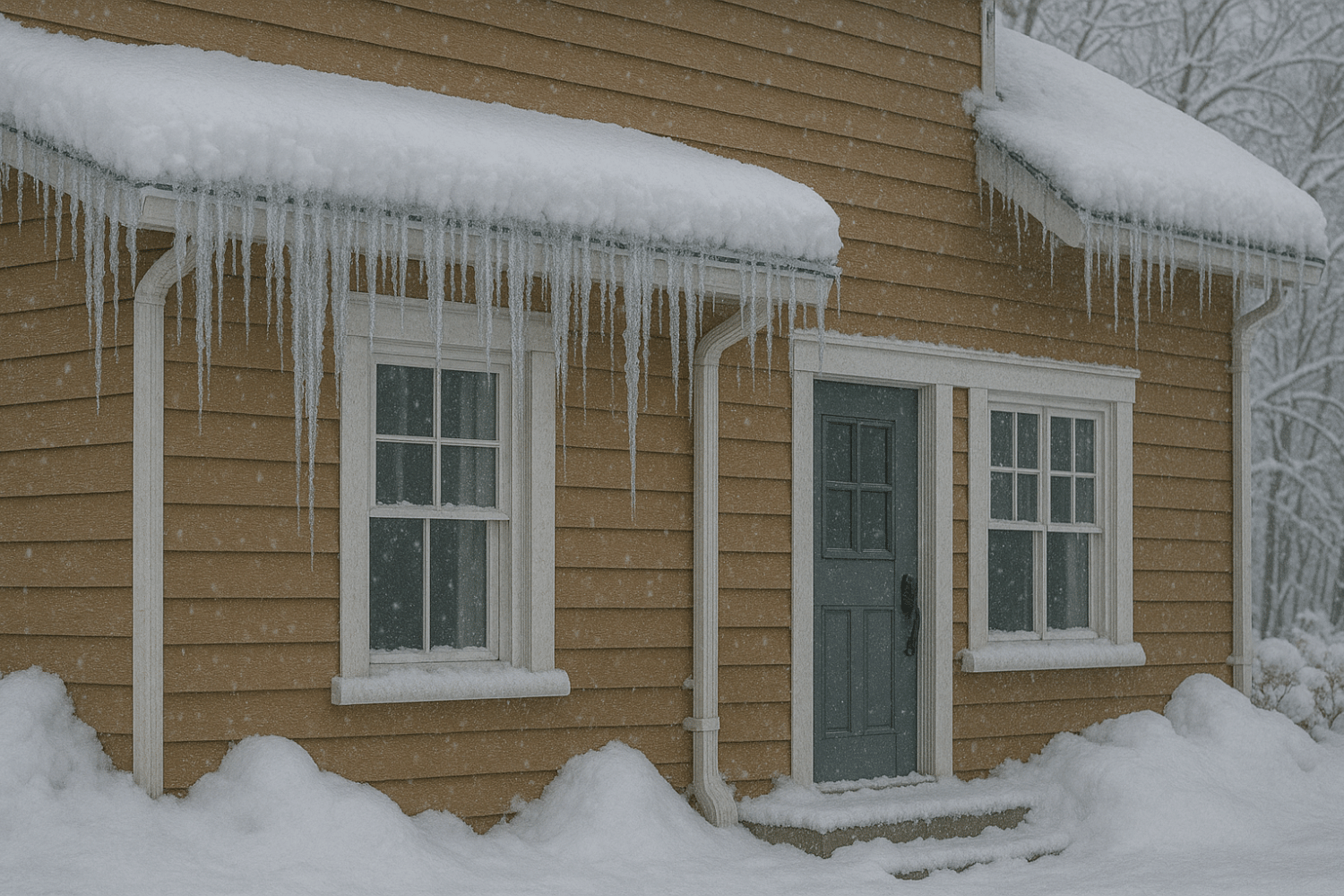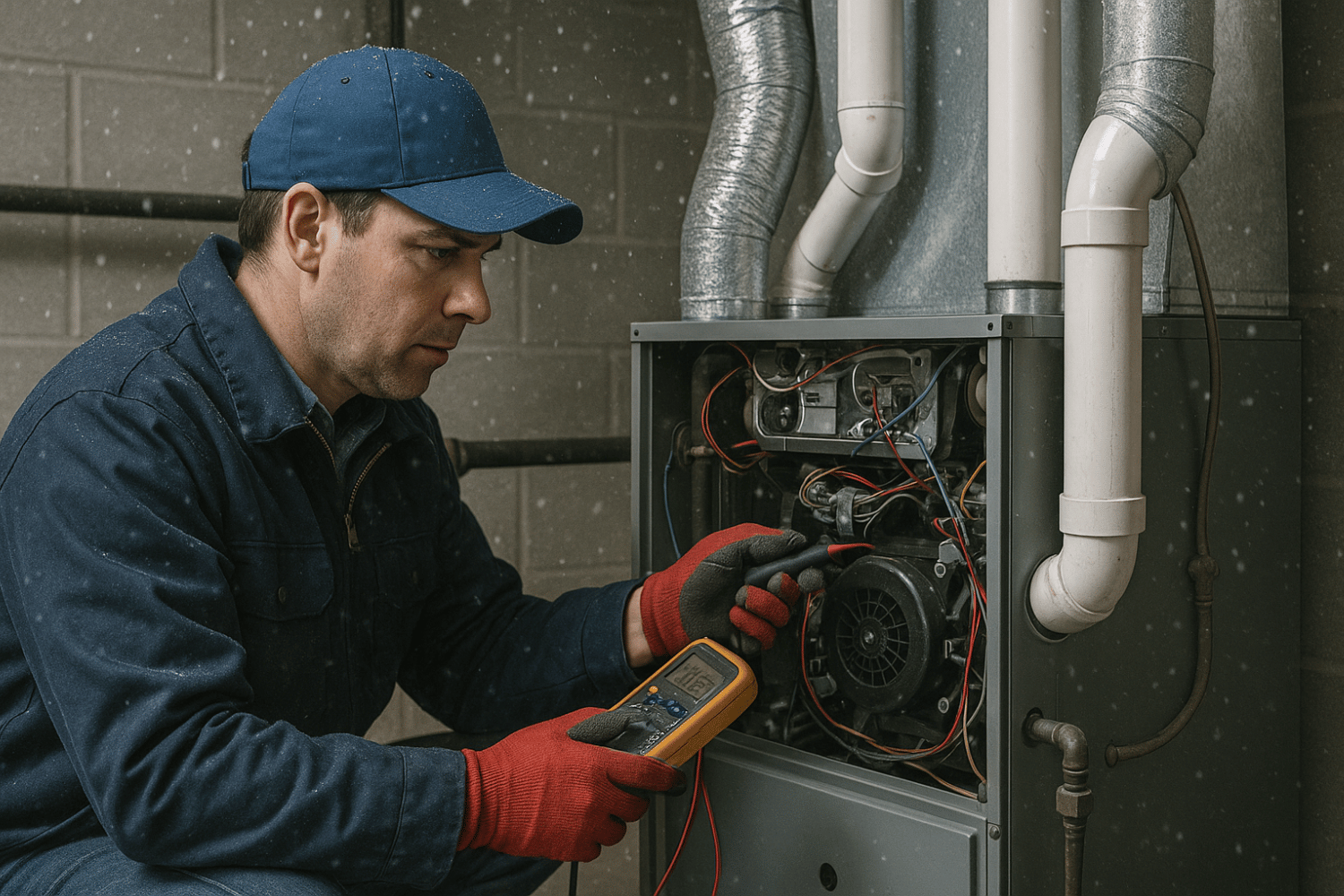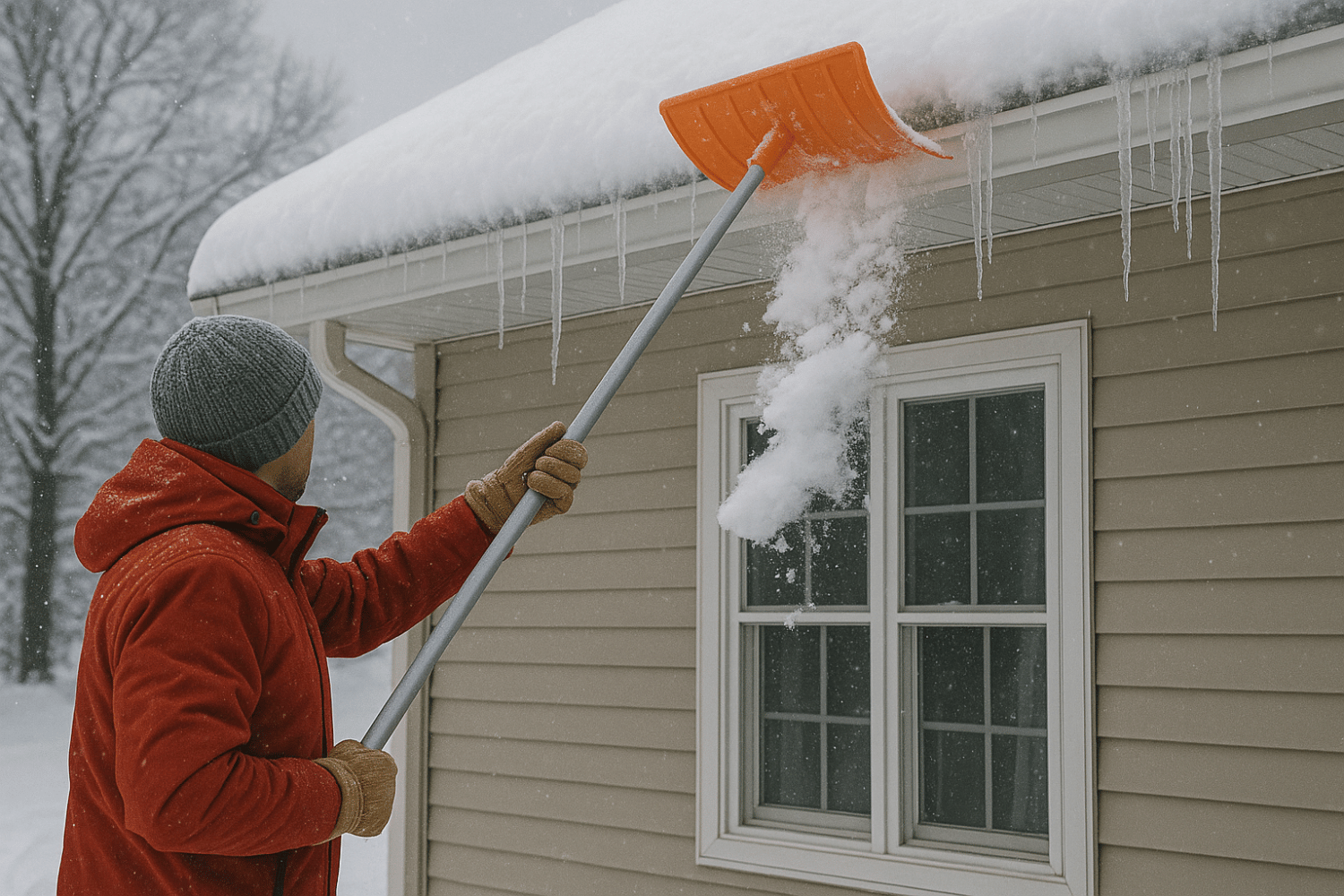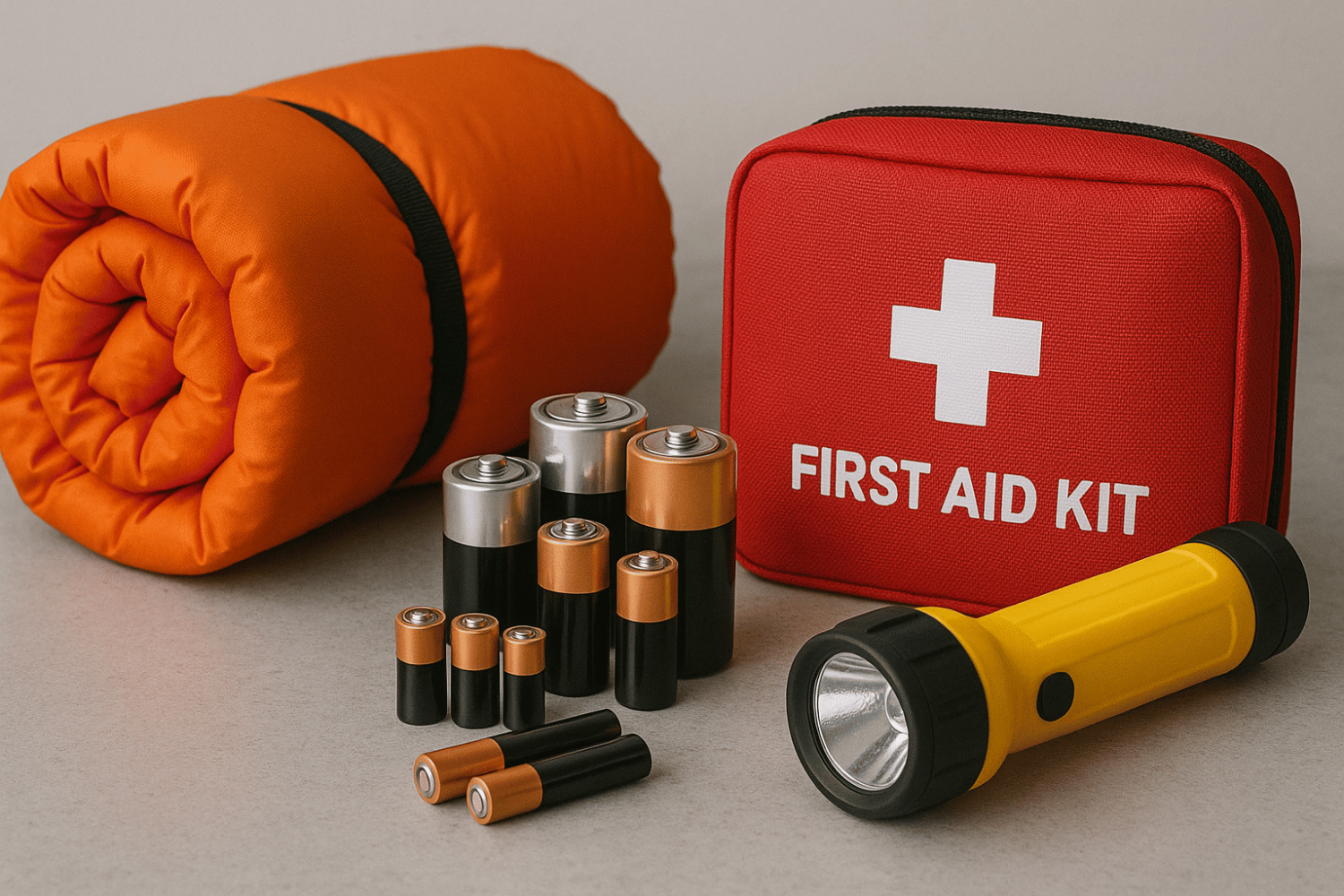Seasonal Home Care Checklists for Northland Homeowners
Living in the Northland region means your home faces some of the most challenging weather conditions in the continental United States. From Lake Superior’s lake-effect snow dumps to sustained subzero temperatures that can last for weeks, your home maintenance strategy must be as robust as the harsh winter conditions you’ll encounter.
The western Lake Superior region, centered around Duluth, Minnesota, and surrounding northern Minnesota and Wisconsin communities, experiences winter snowfall frequently exceeding 80-100 inches in many seasons. With frequent freeze-thaw cycles, high winds, and significant icing risks, Northland homeowners need a comprehensive approach to seasonal home care that goes far beyond basic maintenance.
This detailed guide provides you with actionable seasonal home care checklists specifically tailored for Northland conditions. From preventing ice dams and frozen pipes to managing heavy snow loads and preparing for extended power outages, these checklists will help protect your investment and ensure your family’s safety throughout the year.
Key Takeaways
- Northland homeowners need comprehensive seasonal checklists with special focus on winter preparation due to harsh Minnesota and Wisconsin winters
- Fall preparation (September-November) is critical for protecting homes from freezing temperatures, ice dams, and heavy snow loads
- Spring maintenance (March-May) should address winter damage and prepare for summer storms and humidity
- Emergency preparedness is essential for Northland residents facing potential power outages during blizzards and ice storms
- Professional inspections for heating systems, chimneys, and roofs should be scheduled annually before October 15th
Fall Winter Preparation Checklist (September – November)
Fall preparation represents your most critical window for winter readiness. In the Northland, cold weather arrives earlier and stays longer than most regions, making thorough autumn preparation essential for preventing expensive repairs during the winter months.
Complete all exterior winterization tasks before the first frost, which typically occurs by mid-October in the Duluth area. This tight timeline means starting your winter home maintenance checklist by Labor Day weekend to ensure adequate time for all necessary preparations.
Essential Fall Tasks:
The stack effect becomes particularly problematic in cold temperatures, as warm air escapes through attic penetrations while cold air infiltrates at lower levels. This natural airflow pattern not only increases your heating bill but also contributes to ice dam formation and frozen pipe risks.
Heating System Winterization
Your heating system will work harder during Northland winters than anywhere else in the country. Professional preparation ensures efficient operation and prevents dangerous carbon monoxide situations during the heating season.
Schedule your annual inspection with local HVAC professionals by mid-September, as qualified technicians become increasingly busy as winter approaches. During this tune up, technicians should verify combustion safety, clean heat exchangers, check flue integrity, and test all safety systems.
Critical Heating System Tasks:
For homes with gas fireplace units, ensure proper venting and verify that glass gasket integrity prevents infiltration. Carbon monoxide detectors should be tested monthly and replaced according to manufacturer recommendations, typically every 5-7 years for sensor modules.
Pipe Freeze Prevention
Frozen pipes represent one of the most common and expensive winter emergencies in the Northland. Understanding your home’s vulnerable areas and implementing targeted protection strategies prevents costly damage when temperatures dip below critical thresholds.
Identify high-risk locations including exterior walls, cantilevered floors, garages, and areas behind cabinets on outside walls. These locations lack adequate insulation and experience direct cold air exposure during harsh winter conditions.
Pipe Freeze Prevention
- Insulate exposed pipes in crawl spaces, basements, and exterior walls using foam pipe insulation
- Disconnect and drain garden hoses before first freeze warning to prevent ice expansion damage
- Shut off water supply to outdoor faucets and drain remaining water from lines
- Upgrade to frost-free hose bibs installed with proper downward pitch for complete drainage
- Keep cabinet doors open under sinks during extreme cold snaps to allow warm air circulation
- Allow faucets to drip during nights when temperatures drop below 20°F
- Know the location of your main water shut-off valve for emergency situations
During severe cold weather forecasts below -10°F, consider additional measures such as opening cabinet doors and maintaining consistent indoor temperatures. Heat escapes from poorly insulated rim joists, creating cold zones where plumbing fixtures become vulnerable to freezing.
Winter Maintenance Tasks (December – February)
Winter maintenance in the Northland requires vigilant monitoring and prompt response to changing conditions. Unlike milder climates where winter tasks are occasional, Northland homeowners must maintain consistent attention throughout the cold season.
The winter months bring unique challenges including managing heavy snow loads, preventing ice dams, and ensuring heating system reliability during sustained cold periods. Your winter home maintenance checklist should include both routine tasks and emergency response protocols.
Essential Winter Monitoring:
- Monitor heating system performance and change filters monthly during peak usage
- Remove snow from roof when accumulation exceeds 2 feet using a roof rake
- Clear ice dams safely or hire professionals for dangerous formations
- Check for frozen pipes during extreme cold periods below -10°F
- Maintain clear pathways for emergency access and snow removal equipment
- Test smoke detectors and carbon monoxide detectors monthly due to increased heating system use
- Keep emergency supplies stocked including flashlights, batteries, first aid kit, and non perishable food
- Monitor indoor humidity levels and use humidifiers to prevent dry air damage
Stack effect intensifies during winter storms when temperature differentials reach extreme levels. This phenomenon can cause rapid heat loss and create conditions favorable for ice dam formation on roof edges.
Snow and Ice Management
Effective snow and ice management protects your home’s structural integrity while ensuring safe access during winter storms. The Northland’s heavy, wet snow creates unique challenges that require specific equipment and techniques.
Understanding design snow loads helps you recognize when professional snow removal becomes necessary. While Northland roofs are designed for high ground snow loads, drifting and accumulation in valleys can concentrate loads beyond safe limits.
Snow Management Protocols:
When using ice melt products, choose calcium chloride or calcium magnesium acetate over sodium chloride for better performance in freezing temperatures and reduced concrete damage. Store these materials in dry locations and apply according to manufacturer instructions to prevent overuse.
Ice dams form when melting snow refreezes at cold roof eaves, creating ridges that trap water and cause leaks. The root cause involves heat loss into the attic space combined with inadequate insulation and air sealing. Proper attic insulation to R-49 minimum levels, combined with effective air sealing at the ceiling plane, prevents most ice dam formation.
Spring Recovery and Preparation Checklist (March – May)
Spring in the Northland reveals winter’s impact on your home and provides the opportunity to address damage before it becomes more serious. The freeze-thaw cycles characteristic of the region create unique maintenance needs that require immediate attention.
As melting snow exposes your home’s exterior, conduct thorough inspections to identify winter damage and prepare for summer weather challenges. Spring maintenance tasks focus on damage assessment, system reactivation, and preparation for the upcoming growing season.
Critical Spring Assessments:
- Inspect roof for winter damage including loose or missing shingles after snow melts completely
- Check gutters for ice damage and ensure proper drainage away from foundation
- Turn on outdoor faucets gradually and check for freeze damage in supply lines
- Inspect foundation for cracks caused by freeze-thaw cycles and settle any heaving
- Clean and service lawn equipment including snow blower storage preparation
- Schedule professional HVAC system cleaning and maintenance for cooling season preparation
- Test irrigation systems and repair any winter damage before first use
- Remove storm windows and install screens for improved ventilation
The transition from heating to cooling season requires attention to your home’s energy efficiency. Proper insulation and air sealing improvements identified during winter can be addressed during moderate spring weather before summer heat arrives.
Water intrusion from ice dams or other winter damage requires immediate attention to prevent mold growth and structural deterioration. Document any damage with photographs for insurance purposes and prioritize necessary repairs based on safety and structural concerns.
Summer Maintenance Tasks (June – August)
Summer maintenance in the Northland focuses on preparing for severe thunderstorms, managing humidity, and maintaining cooling systems efficiency. While winter garners most attention, summer storms can cause significant damage requiring proactive preparation.
The Northland’s summer weather brings intense thunderstorms with high winds, hail, and heavy rainfall that can overwhelm drainage systems and damage exterior components. Proper summer maintenance protects your investment and ensures comfort during hot, humid conditions.
Summer Maintenance Priorities:
- Service air conditioning systems and replace filters for peak efficiency during hot weather
- Inspect and clean exterior drainage systems before heavy summer storms arrive
- Trim vegetation away from house foundation and AC units to ensure proper airflow
- Check and refresh deck staining and exterior paint before harsh weather exposure
- Clean and inspect outdoor grills and fire pits for safe summer use
- Test and maintain outdoor lighting systems for longer daylight hours
- Inspect and repair window screens for effective insect protection
- Monitor and maintain proper lawn irrigation to prevent overwatering and foundation issues
Summer humidity management becomes critical for preventing moisture problems within your home’s envelope. Proper ventilation and dehumidification protect against mold growth and maintain indoor air quality during humid conditions.
Emergency Preparedness for Northland Weather
Emergency preparedness takes on special significance in the Northland, where winter storms can cause extended power outages and isolate communities for days. Your emergency planning must account for both winter and summer severe weather scenarios.
The combination of extreme cold temperatures, heavy snow loads, and potential infrastructure failures requires comprehensive emergency supplies and backup systems. Power outages during winter storms create life-threatening situations without proper preparation.
Essential Emergency Preparations:
- Maintain 72-hour emergency kit with water (few gallons per person), food, medications, and warm clothing
- Keep battery-powered or hand-crank radio for weather alerts during power outages
- Store extra blankets, sleeping bags, and warm clothing in accessible locations
- Maintain backup heating source such as fireplace or generator with proper ventilation
- Keep vehicle emergency kit with ice scraper, shovel, jumper cables, first aid supplies, and emergency flares
- Install whole-house surge protectors to prevent electrical damage during winter storms
- Know how to shut off utilities including gas, water, and electricity in emergencies
- Maintain current list of emergency contacts including utility companies and contractors
Generator safety requires special attention to carbon monoxide risks. Always operate generators outdoors with adequate clearance from windows, doors, and vents. Proper transfer switch installation ensures safe operation and prevents dangerous backfeeding into utility lines.
Professional Services and Inspections
Professional services play a crucial role in maintaining your Northland home’s safety and efficiency. Qualified contractors understand regional challenges and provide expertise that prevents costly emergency repairs.
Annual inspections identify potential problems before they become serious issues. The harsh Northland climate accelerates wear on building systems, making professional assessment valuable for long-term home maintenance planning.
Professional Service Schedule:
Professional assessment helps prioritize home maintenance investments for maximum protection and efficiency. Understanding your home’s specific vulnerabilities allows targeted improvements that provide the greatest benefit for your investment.
When selecting contractors, verify licensing, insurance, and local experience with Northland conditions. References from neighbors and local building supply stores like your local hardware store often provide reliable contractor recommendations.
Frequently Asked Questions
When should Northland homeowners start winterizing their homes?
Begin winterization tasks by Labor Day weekend, with all exterior work completed by October 15th before freezing temperatures become regular in the Duluth-Superior area. This early timeline accounts for the Northland’s shorter fall season and ensures adequate time for thorough preparation before winter weather arrives.
How often should I change my furnace filter during Northland winters?
Replace filters monthly during peak heating season (December through February) due to increased system usage and potential dust from dry winter air. High-efficiency furnaces may require more frequent changes, while standard filters should be checked every 2-3 weeks during extreme cold periods when heating systems run continuously.
What’s the best way to prevent ice dams on my roof in the Northland region?
Ensure proper attic insulation to R-49 minimum levels, maintain adequate ventilation with clear soffit intakes and ridge exhausts, clean gutters thoroughly before winter, and use a roof rake to remove snow when accumulation exceeds 24 inches. Address air leaks at the ceiling plane, particularly around recessed lights, bathroom fans, and attic hatches.
Should I hire professionals for snow removal from my roof?
Yes, hire professionals when snow exceeds 3 feet, ice dams form, or when working on steep roofs. The risk of injury and roof damage makes professional removal worth the investment. Use roof rakes for routine maintenance but call professionals for heavy accumulations or dangerous ice formations.
How can I prepare my home for extended power outages during winter storms?
Install a backup generator with proper transfer switch, maintain 72-hour emergency supplies including non perishable food and water, have alternative heating sources like a properly maintained fireplace, and keep battery-powered devices for communication during outages. Test your generator monthly and maintain adequate fuel supplies rotated seasonally.






